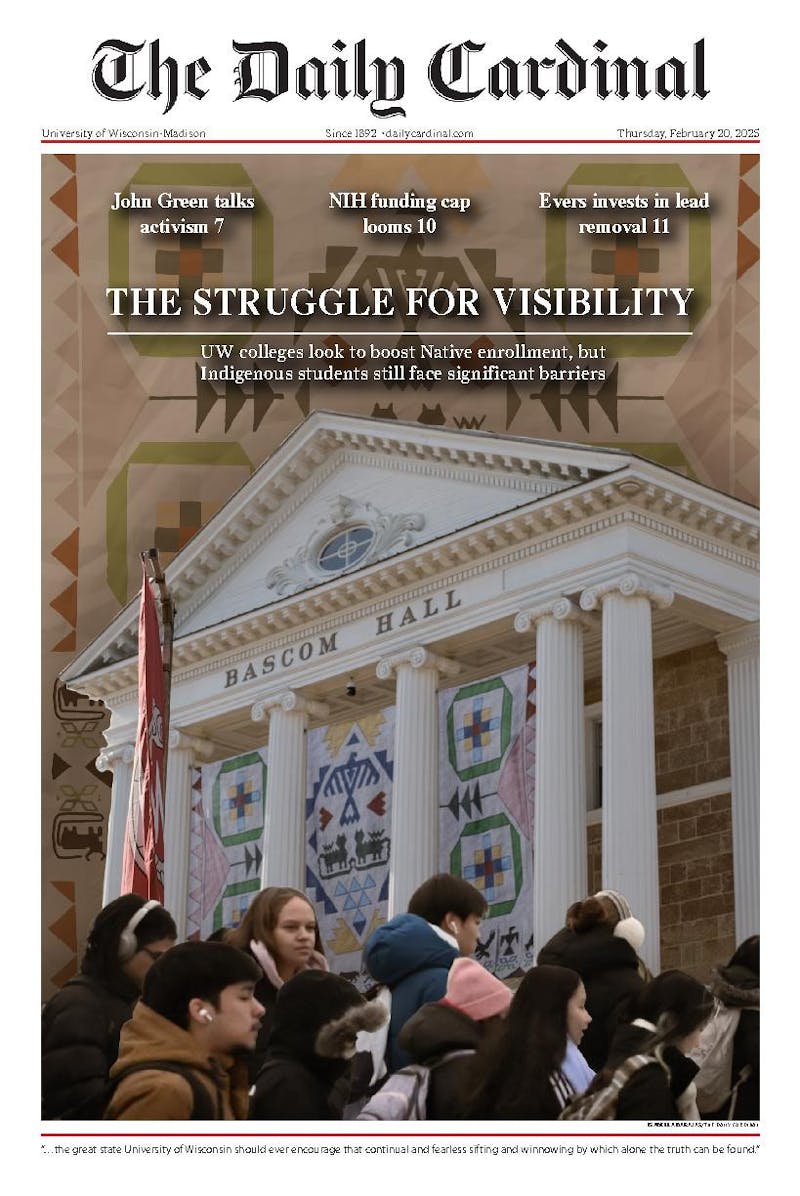A campus building with one of the most unknown histories at UW-Madison is set to be demolished within the next month.
The building, located on Linden Street between Agricultural Hall and the Human Ecology building, served as a practice home for women in the UW-Madison Home Economics program for nearly three decades.
This month, the School of Human Ecology begins their renovation and expansion. As part of this project, the Home Management House is scheduled to be torn down soon.
According to Judy Pasch, a UW-Madison graduate and former lecturer in the Consumer Science Department, women studying the art of home care were required to live in and maintain this home for two weeks with a group of fellow classmates.
Pasch said the coursework for the women consisted of chemistry, bacteriology, linguistic studies and technical topics on foods, textiles, architecture and household management.
These women also learned the responsibility of keeping the home clean and presentable, as well as the proper ways in which to entertain guests and dignitaries.
According to Pasch, the roles in the home were crucial to daily life at the time, and home care was seen as a profession.
""It was expected that women would grow up, marry and have children—with or without education,"" Pasch said. ""Given those expectations by society, women wanted to get married and have children and a home of their own … home economics provided the science behind taking care of the home.""
The program actually began 30 years before this house was built. UW-Madison purchased the original home, known then as the Practice Cottage, in 1911 for less than $9,000.
However, Pasch said, in order to continue the expansion of these studies, the home economics program needed a new space to practice.
She said former director of the UW-Madison Home Economics program, Abby Marlatt, lobbied for a new home for over 20 years, and in 1941, her effort paid off with the construction of a new house.
Pasch said the new house, complete with an electric dishwasher, washing machine and dryer, still held on to the basic structure of the program.
According to Pasch, over time, the practices became less scientific and the coursework began to focus instead on cleaning, home decoration and financial budgeting.
She said this reflected the changing of women's roles in the home and society at the time.
""Cultural changes such as the war in Vietnam, the women's movement, the space program and the advancement in technology all contributed towards the ending of the required course,"" she said. ""In the 1960s, these women were ‘called out' by women strong in the women's movement.""
Pasch said by the end of the 1960s, many women became upset with the requirement of the program, as some already had families and homes of their own.
She said that in 1970, Dean William H. Marshall reported that a ""live-in practice house is neither desirable nor educationally advantageous.""
The Home Management House program ended that year.
According to Pasch, over the next four decades, the house served as office and research space for the School of Human Ecology.
Within a few weeks, the structure will leave behind nothing but photographs, memories and one of the most unique histories on campus.






